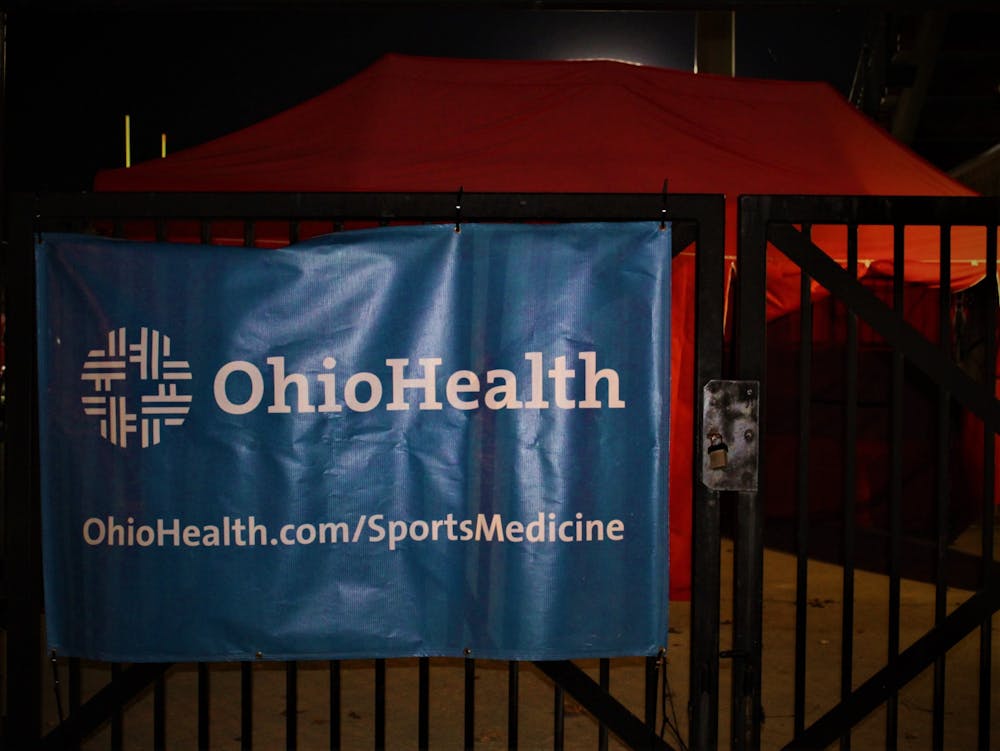With the school year now well underway, the results of the “super-spreading” college students are in. Many adults presumed that college students would be more likely to pass along the virus to one another because of a lack of concern for the virus.
During the coronavirus pandemic, the use of the term “super-spreader” has come to mean a person that will transmit a disease to an unusually large group of people at a larger percentage than the average person. However, experts insist that this term does not have a basis in science and is used to stigmatize specific parts of the population.
Super-spreaders are individuals who could infect others at a higher rate than normal; there is speculation among scientists that 10% of cases could be responsible for 80% of the total transmissions. However, determining who these individuals might be is difficult. It is theorized that those living in congregate settings are more likely to transmit the disease to larger groups of people. Most often, the groups pointed out in situations such as this are county prisons, nursing homes and schools.
In Ohio, statistics that relate to these numbers during the pandemic are reporting through dashboards for the significant congregate settings: prisons, nursing homes and college campuses. One possible statistic that is commonly reporting between the three is the positivity rate of each locations and the number of positive tests divided by the number of tests administered. This number is most accurate when tests are administered to a pool of random asymptomatic cases.
The Data
Campuses
Most colleges within Franklin County typically report COVID data weekly. These colleges were chosen because of their varying student population size. Testing protocols across the state vary widely and the universities’ reported results are not verified by medical practitioners.
The dashboard of Denison University, a school of 2,293 undergraduate and graduate students, as of Nov. 24 reported that of their 4,308 tests that have been administered, 27 have come back positive, for a positivity rate of 0.63%.
Capital University, a school of 3,367 total students, has administered 1,481 tests during their first semester according to their dashboard. As of Nov. 19, 14 of these tests have come back as positive; this makes their positivity rate 0.94%.
The largest school in the state is Ohio State University, located within Franklin County. The school tests their students weekly, administering more than 243,000 tests with a return of over 5,000 positive tests as of Nov. 24 according to their dashboard. Their positivity rate is 2.09%.
For comparison, Otterbein University’s database reports 720 tests administered with 131 positive results for a percentage of 18.2 as of Nov. 24. Otterbein, a school of 2,851, did not begin asymptomatic testing until October. This makes their data skewed toward higher positivity numbers in the first two months of the semester and unreliable.
Prisons
Correctional and detention facilities in central Ohio have also been hotspots for infection rates. According to the Centers for Disease Control and Prevention, a constant influx of staff and newly incarcerated individuals combined with lack of open spaces and social distancing have made it difficult to maintain a safe environment. The Ohio Department of Rehabilitation and Correction has reported their testing results daily during the COVID-19 pandemic.
Overall, of the 39,372 tests administered across all prisons 6,972 have come back positive as of Nov. 14, resulting in a 5.6% positivity rate among inmates.
Nursing Homes
Long-term care facilities house populations most at risk for both infection and death from COVID-19: the elderly and those with other health conditions. The state has been reporting statistics from nursing homes since Apr. 15.
The state does not release the amount of testing done per county but does release the rate of the statewide statistics: 2096 total positives came back from the 124 long-term residences. According to the AARP nursing home dashboard, Ohio reports a 4.8% positivity rate per every 100 residents in nursing homes.
Conclusion
Based on this comparison of positivity rates, this claim is false. Even while comparing similar congregate settings, college campuses within Franklin County should not be considered super-spreading locations.
The COVID Act Now reporting database determines that a positivity rate below 3% is successful; anything below 10% is recommended. As of Nov. 14, prisons and nursing homes are above this level. Not only are campus positivity rates lower than other congregate settings, they outperform the county at large.
As of Nov. 24, the Franklin County positivity rate is reported at 12.7% by the COVID Act Now database.








